An Autobiography Born 1/6/30 in Holdenville, Oklahoma, as Birchard Lee Dillinger. Our family roots went through Texas and Arkansas back to the Stars and Bars, forever a symbol of sacrifice and valor, as are the Stars and Stripes for which my family fought and bled in our later wars. We were very proud of the America that had helped defeat Facism, and of our Constitution which, in 1950, still united us all. My parents, teen-agers of a lost generation, began me when the world's economy was roaring and its dreams unbounded. Only I appeared at the start of the soul-crushing Great Depression. The sequence destroyed my parents, and stamped my life and values forever, as with so many others. There is no "typical" background for Americans in the military at the start of the Korean War. We represented all the cultures that had built our country, and my own background was not uncommon. I moved to California at age 5 with my then-single-parent mother, just another couple of dirt-poor Okies blowing out of the Dust Bowl. But my mother was a doll, and married five times. They were all sorry when she left, but the crippling uncertainties of the times marked her, too, and she always did leave. Until she met Harald Kortegaard, a Danish marine engineer, who adopted me. That intelligent, quiet, thoughtful man helped me change course from North Beach waterfront gangs to a road much less certain, a road with hope. | Went to grammar school in the San Francisco Bay Area. At nine or ten became a Salesboy for Liberty and Saturday Evening Post magazines, and later paperboy for L'Italia and the SF Chronicle, I always had some sort of job as a kid. | | Joined the United States Merchant Marine (6/46) at age 16. Somehow finished High School between cruises. | 
|
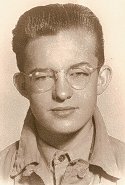
| Mess cook and Hospital Attendant. Had won a local Golden Gloves and hoped I was tough enough, suspected I wasn't, but did okay. Thought glasses made me look older, but couldn't hide the baby fat. Sailed all over the Far East on the SS General W H Gordon, and for a long time a shuttle route between San Francisco, Honolulu, San Pedro, and back around the reverse way, on the SS Matsonia. These were large passenger liners, of about 18,000 tons. |
| Joined the United States Navy 1/10/48 at age 18, with my buddy Ken Roach. We intended to join the Marines, but the Navy recruiting office came earlier in the hall, and we got seduced by an offer of 14 months Electronics school. Two years later, when we embarked I/3/5 of the Brigade at Pusan, I wished more than anything in life that I was one of them, that I had gone the rest of the way down that hall. Not too smart, but that's how I felt. | 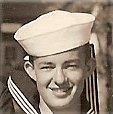 |
I went to Electronics Technician (ET) school where I spent most of my spare time at the gyrene armory qualifying on small arms, hoping to get into PHIBPAC (Navy Special Forces ). Graduated 5/49 in the top 10% of my class, which brought with it the rate of ET2. 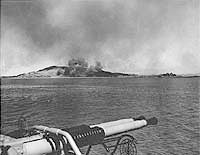 | Served on DD858, finally got in PHIBPAC, aboard the USS Wantuck, APD125, about 12/49. I fixed our radar, sonar and radio gear, and manned the radios in our landing craft (LCVPs) whenever possible. As an ET, I was commonly known as a Twidget. Did one Korean combat tour with the Wantuck, and another with the Union, AKA 106. Made ET1, but took a Discharge to join Philco as a Field Engineer (Tech Rep) 2/52, and go to Germany and meet the Fräuleins, and for the money (a Major's pay). | After 6 weeks heavy-ground radar training at Warner Robbins, Philco sent me to Clark AFB, Philippines, not Germany. After a few months the radar C.O. gave me a commendation ... and Philco sent me to Korea again, not Germany. So, I did a six-month tour with 606th AC&W Squadron above Kimpo, with 1st Mar Div between us and the Chinese armies. With 606, I was radar tech rep for the installation primarily supporting Sabre interceptions of MiGs in MiG Alley, and helping all our aircraft in North Korea find their positions. After that tour, Philco sent me to Japan, absolutely not Germany.
| Note: I was in our LCVPs at Inchon and Wonsan and two Commando raids, sweated mines and the MLR. I was Regular Navy, volunteered for Korea, went where I was sent, kept our radar and radio gear working, and did my job as best I could. 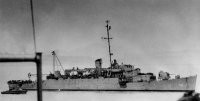 I did nothing at all deserving special commendation during these Korean War tours. Others did, though, and I've never forgotten them. | 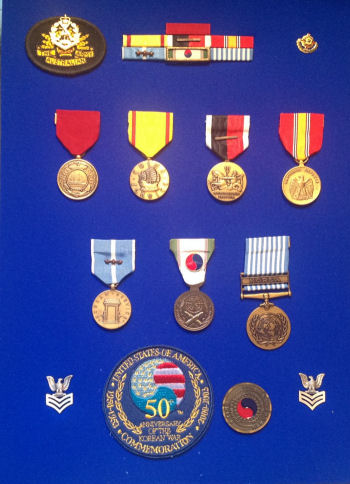 |
 | That's why I've put my Korean War sites on the web, including the Aussie KW Photo Album, and also a couple of my short stories. The stories are pretty much fictionalized fact, attempts to make terror and tragedy entertaining. It is useful to understand these things, but not necessary to only learn them the hard way...
| During a year and a half of working in Japan my hatred for the Japanese, and the rest of Asia, and my passion to go chase German girls, all vanished. Eternal gratitude to a very special lady. With Viet Nam just perceptible next over my horizon, I changed course yet again. I quit Philco, and went back to San Francisco.
Started pre-engineering at San Francisco Junior College in 9/54, at age 24, on the GI Bill. 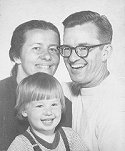 | BSEE, Massachusetts Institute of Technology, 1959
MSEE, University of California, Berkeley 1964 (did this part time)
Engineer, Lawrence Radiation Laboratory, 1959-1974
Engineer, Los Alamos National Laboratory, 1975-1991
| 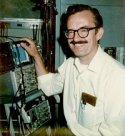 | I was forced to resign at Lawrence Radiation Laboratory seemingly out of nowhere, my career a shambles, caught in an Engineering recession ... worst for older Middle Managers. "The catastrophe that awaits everyone ... every life has such a moment ... what distinguishes us is whether, or how, we ever come back" (Charles Krauthammer "Things That Matter") I doubt if many of us do come back from genuine catastrophe, without help from decent people, and a lot of luck. With plenty of both as a start I found a job at Los Alamos, and managed the rest of a comeback I find I am proud of. Life at LANL has been so absorbing I had almost forgotten how I came here until I was asked for input to a Biography about the famous Berkeley scientist who had forced my resignation. Subsequent email correspondence reminded me of long-forgotten Engineering triumphs, but mostly of the crushing ordeal they led to for my whole family. And yet, in retrospect my personality had probably always made some sort of human-relations disaster a good bet. Appraised objectively, my personality and attitudes had been set by the Korean War. Childhood had been a war in itself, and I was little more than a child while knocking around the Pacific before Korea. That mixed my psychological concrete, then Korea put in the re-bar and let it all harden. By the time I joined Philco I had the personality and attitude of an average guy in the 5th Marines. It was survival but the whole rest of my career I, and the people I worked around, suffered from this in more ways than I can fully realize. This was particularly tough since my professional career was as an Engineer, among people who took cultured, considerate, predictable behavior for granted. I never, ever, came close to being describable by terms like those. To anyone who found working with me difficult I offer the above as explanation, together with my most sincere apologies. Hopefully, in Retirement, I am finally growing up. Gast Wissentschaftler, Gesellschaft für Schwerionenforschung, Darmstadt, BRD, 74-75. (Finally got to Germany, but had a wife and kids by this time.Probably better all around.) | 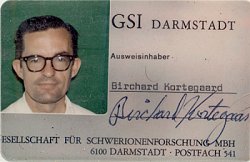 | | At Los Alamos I received a few patents, a few internal LANL distinctions, and won two international awards. I was privileged to lead a talented and dedicated Engineering Section, to occasionally teach at the University of New Mexico Graduate School, Los Alamos, but I never again went into middle management. Working at LANL was exciting, and a lot of fun, and I ended my career by developing an Applied Sciences program, week-long theoretical and design seminars on LANL engineering problems. Still, like all things, it came to an end. I (mostly) retired in 1991, play at running a small consulting company, writing short stories about Korea (and occasional mocking satires about upper management), and putting them and other things that interest me on the net. I hope you're enjoying some of them.
| 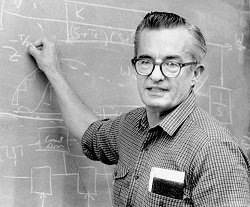
| 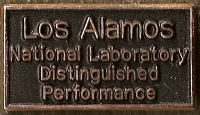
Los Alamos National Laboratory
1975-1995.
| 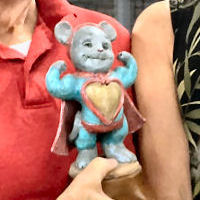 | 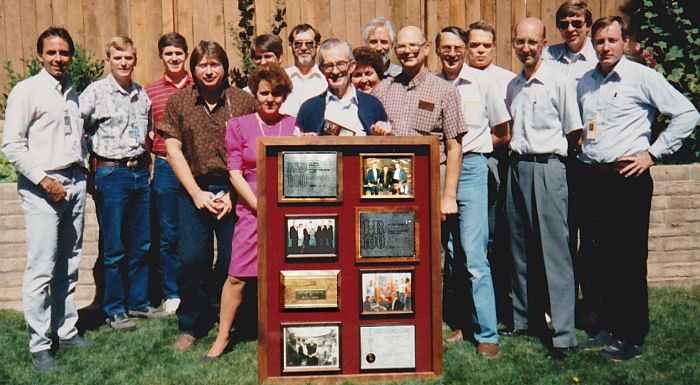 |
Causes of the Korean Tragedy ... Failure of Leadership, Intelligence and Preparation
The Foundations of Freedom are the Courage of Ordinary People and Quality of our Arms
|



